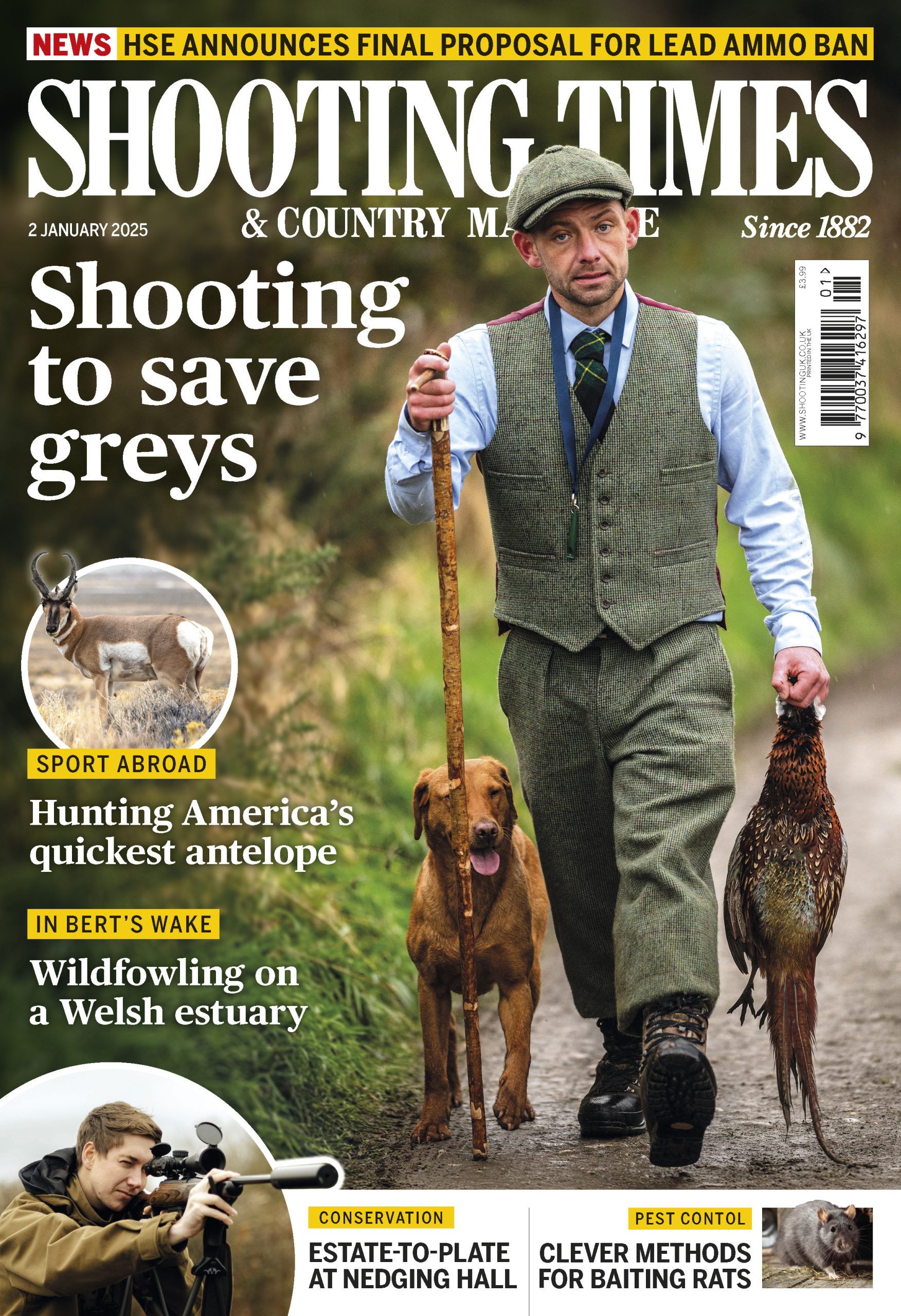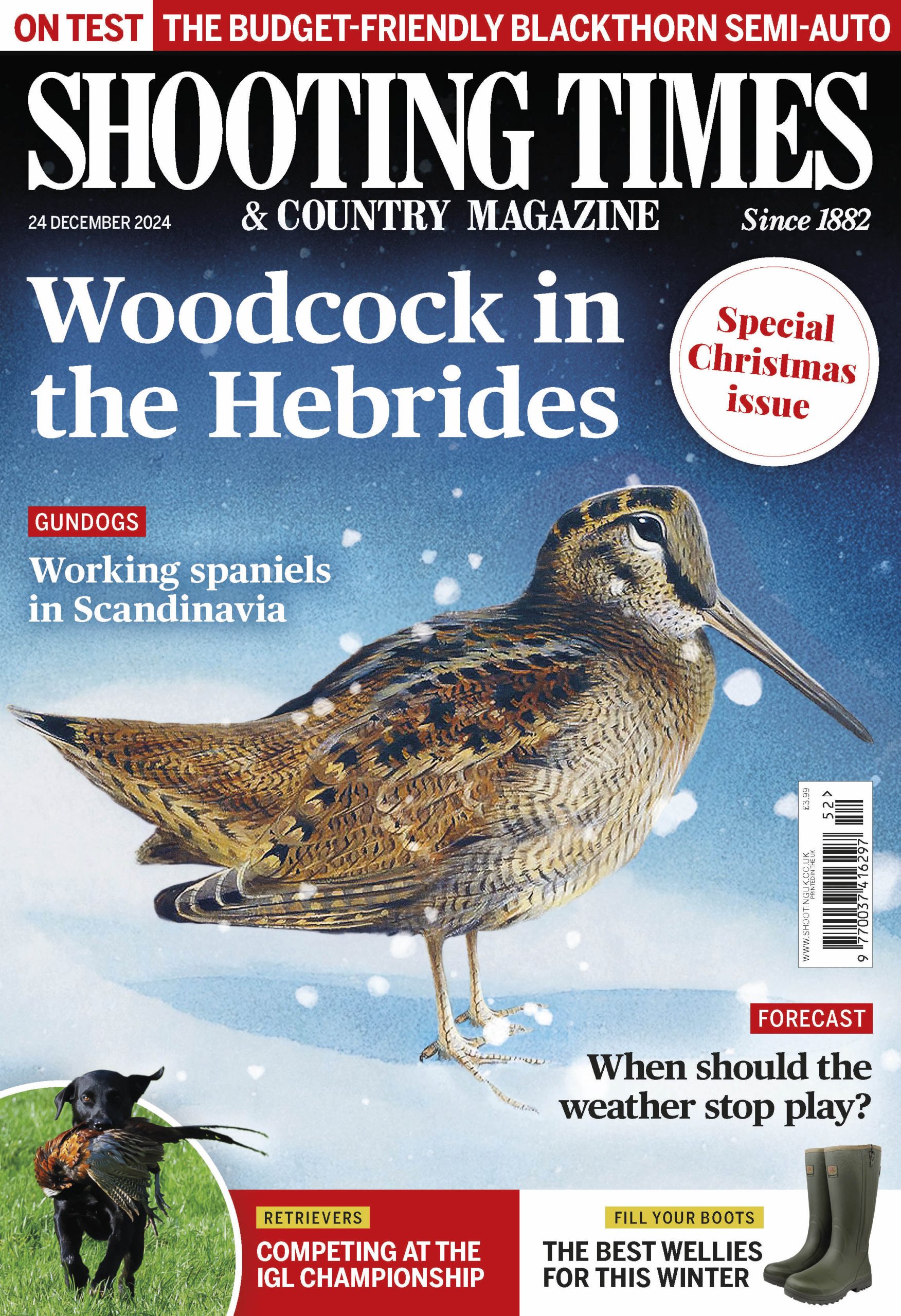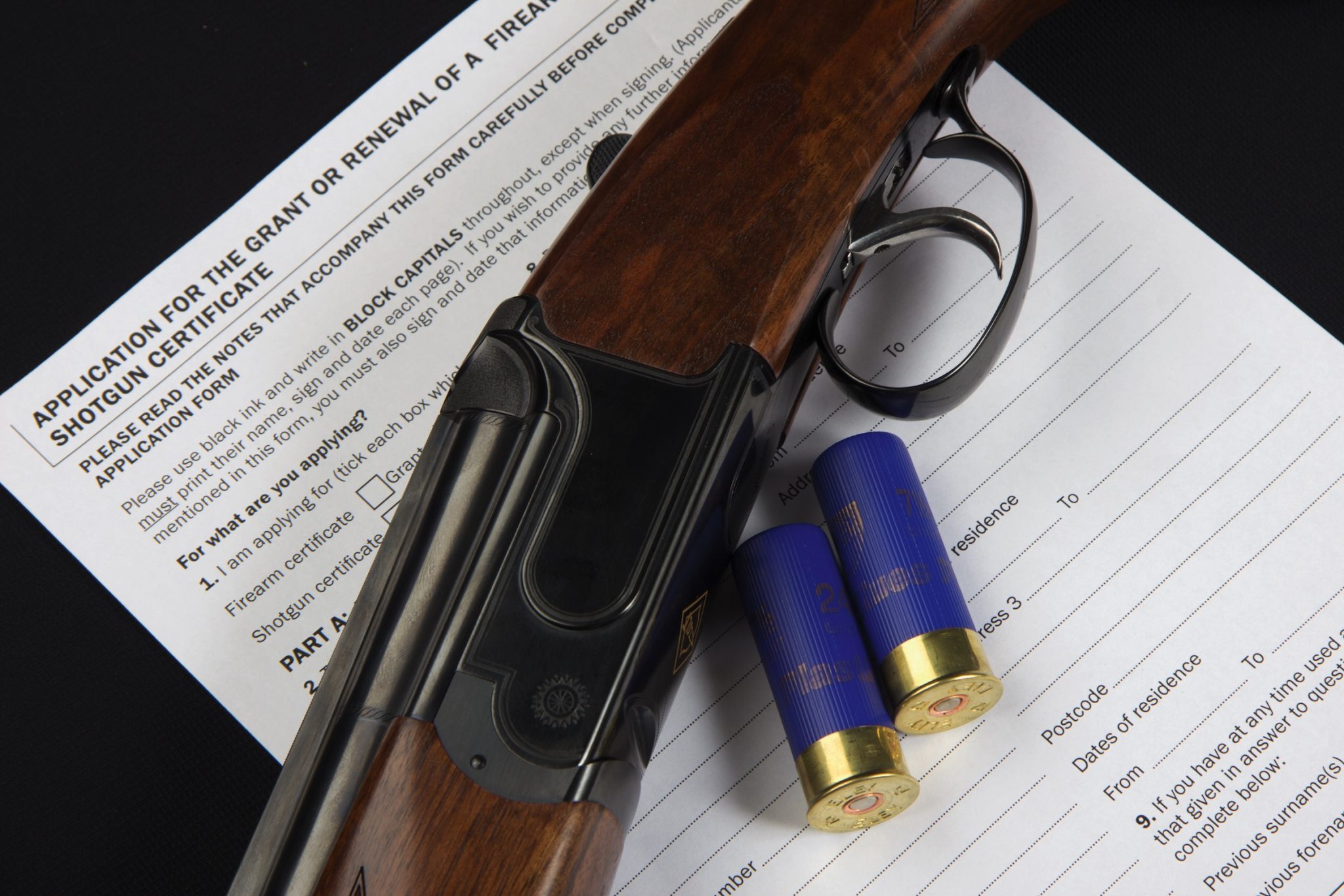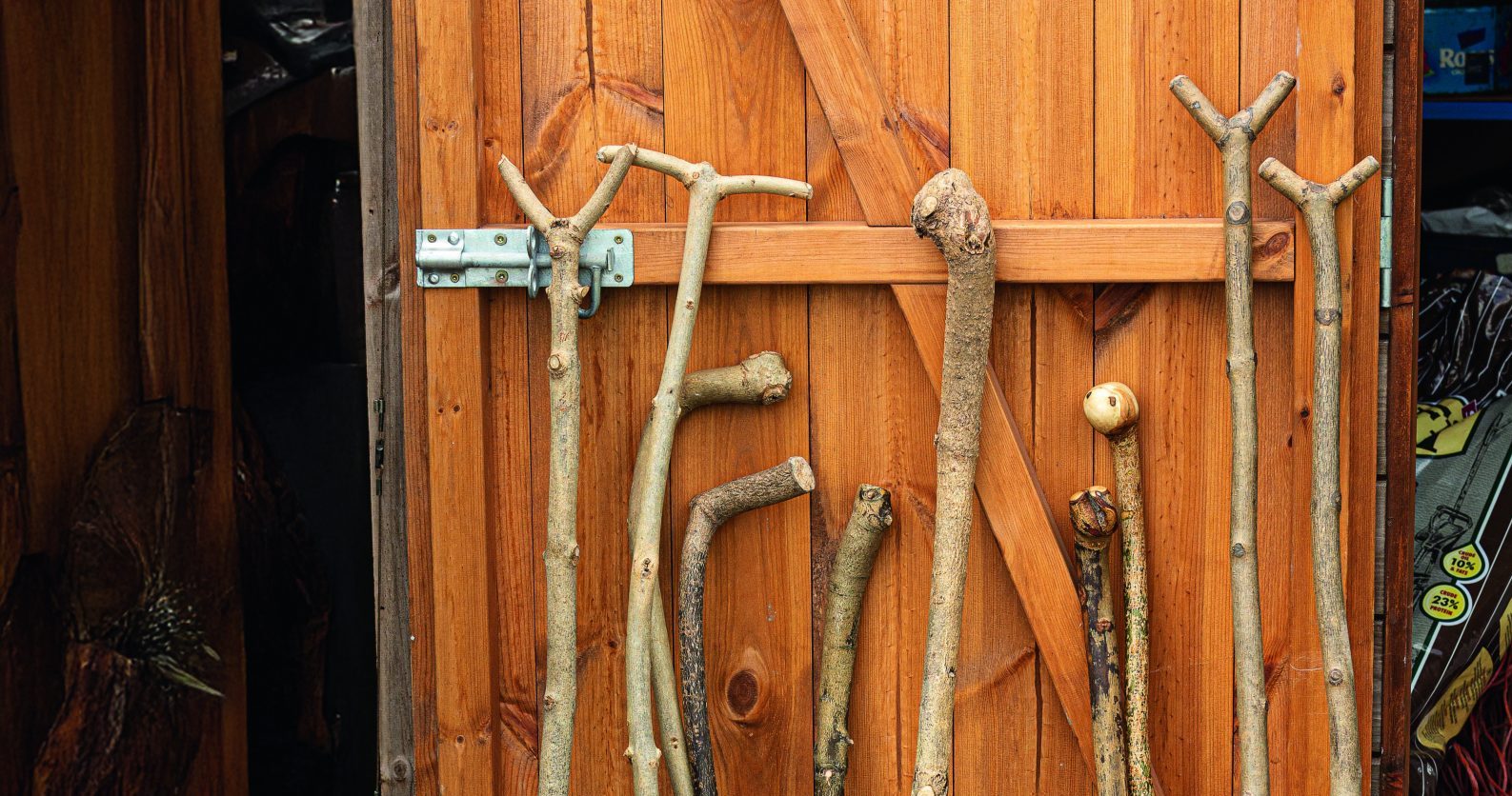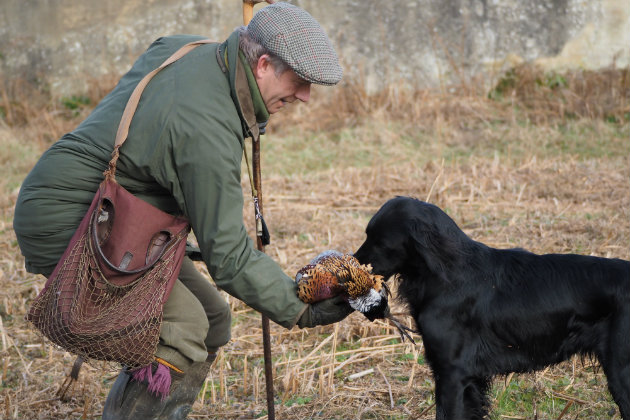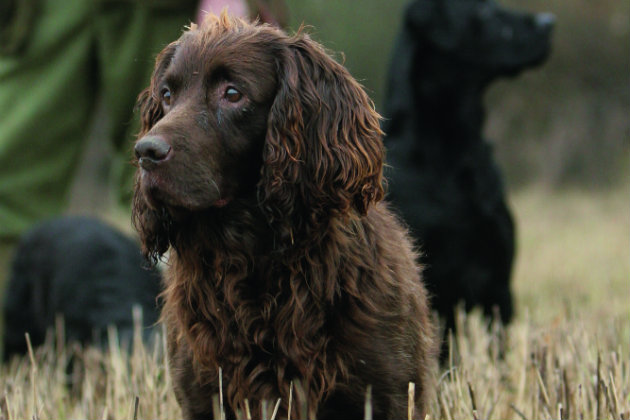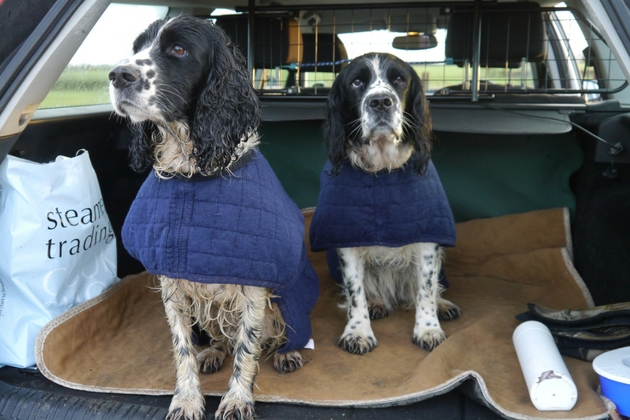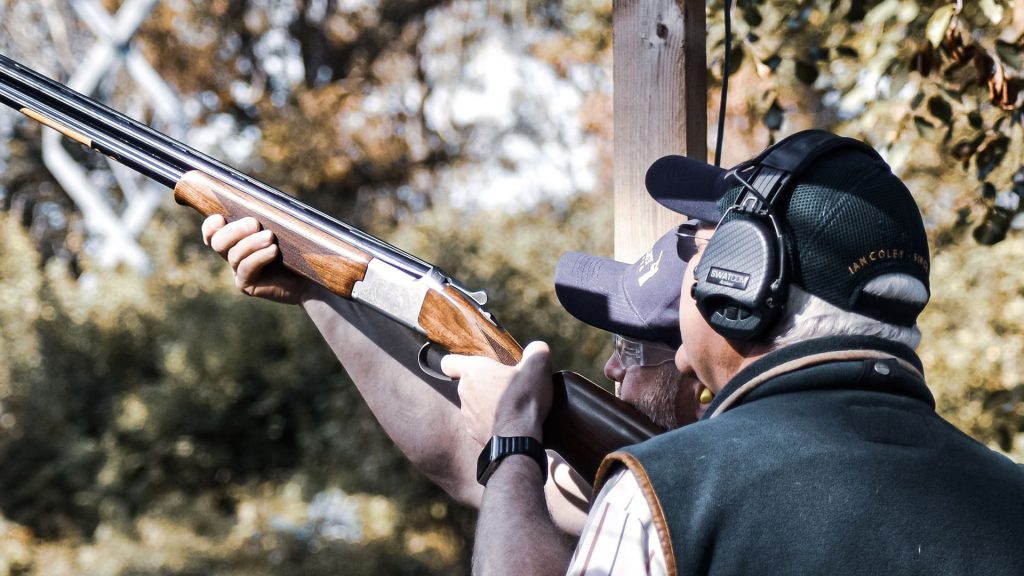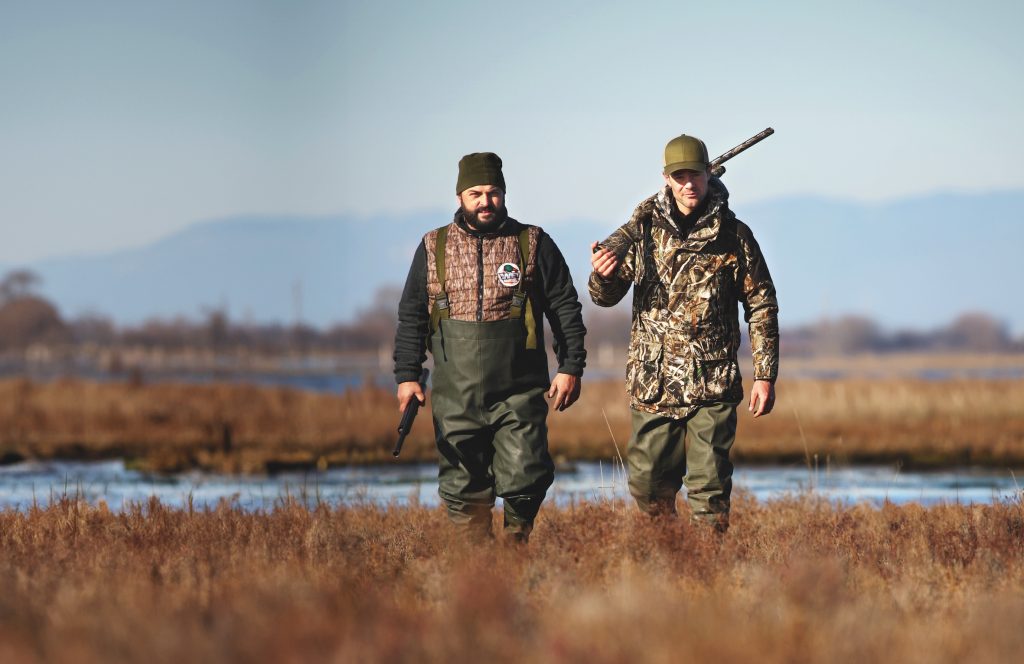Picking-up: A few wise words from a picking-up expert.
Win CENS ProFlex DX5 earplugs worth £1,149 – enter here
What you need to know about picking-up on a shoot
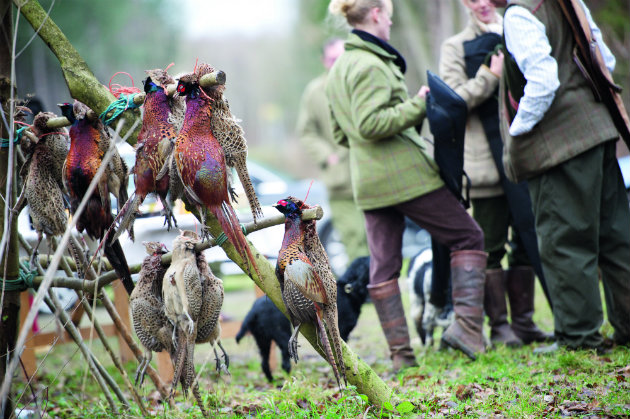
In my view, game shooting is only defensible if every bird that is shot ends up on the table. Without a decent picking-up team the chance of that happening is slight.
What makes a good picking-up team and how do you get to be part of one?
- You need a decent dog, and preferably two or three.
- The breed doesn’t matter so long as the dog is biddable and has a good nose and soft mouth.
- Spaniels, which excel in heavy cover, and Labradors, which are especially good in water, head the popularity stakes.
- Goldens, chessies, HPRs, flatcoats and various Heinz mixtures can all earn their keep if you get one from a working strain.
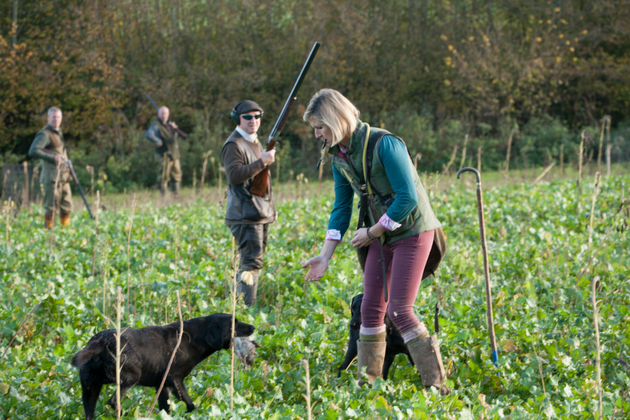
The lion’s share of the national bag is pheasants and partridges
Getting started in picking-up
Ideally, dogs should all be trained to field trial standard.
Getting started as a picker-up is largely a matter of who you know. Enquiries among keepers, beaters, Guns and established pickers-up will reveal where vacancies exist. Getting a good reputation on a small shoot may lead to work on others. Weekday picking-up teams often consist largely of the retired and it’s a good way of keeping fit and having fun. You need the determination to find every last bird.
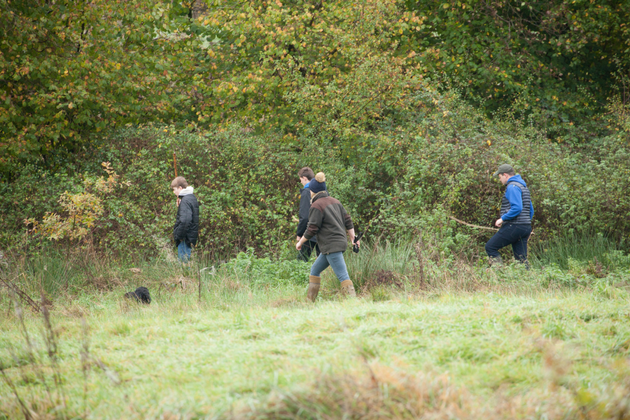
All shoots need a picking-up team
Different shoots
All shoots need a picking-up team. That may vary from the coastal wildfowler with his own dog to a team of up to a dozen on a big bag shoot. It depends on the terrain, the size of the bag and the number of dogs each picker-up has.
Eight people with a dog apiece will be less effective than six working two each.
The big commercial shoots whose income depends on the number of birds in the bag take care to have plenty of pickers-up. The first difficult retrieve covers the cost of the picker-up for the day. In broad terms a bag of 250 to 300 needs six to eight pickers-up.
There’s more to picking-up than meets the eye
The aim of a good picker-up is not just to come back to the gamecart laden with dead birds, but also to find…
What you need to know BEFORE taking your dog onto the shooting field
The picker-up enjoys the pleasure of working their own dogs in the knowledge that they are performing an essential role…
For walked-up shooting, sadly not found much these days, it suffices that some of the Guns and perhaps the keeper have a dog. Most shoots, including the 50-bird ones, aspire to driven shooting where even the most skilled don’t kill cleanly every time. Pricked birds can be widely scattered over the landscape. Pheasants tend to head for what they regard as home, but grouse and partridges may set their wings and follow the contours for hundreds of yards before falling from the sky.
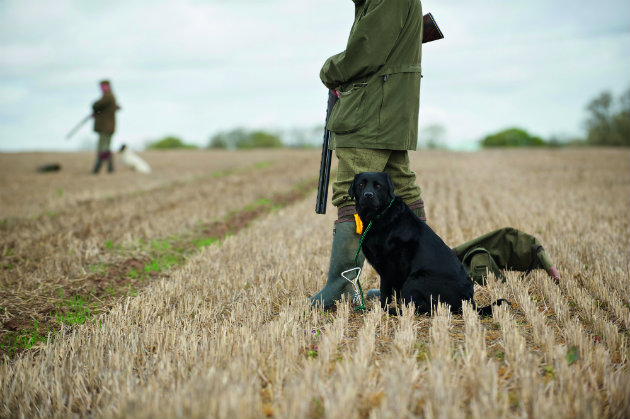
A well-trained gundog will attract admiring glances
Dogs on shoot
The regular team will know where the key spots are. While it’s useful to have one or two pickers-up near the Guns to deal with runners, the majority should be a couple of hundred yards or more behind the gun line. If you’re stationed where you can see the whole drive you may well be in the wrong place! You’re a worker, not a spectator.
There is also the vexed question of whether Guns should take their own dogs? I have seen some immaculately behaved dogs on pegs, but they’re the exception. You can really only work them round the peg, which is an area that should be covered by the game cart team or even by beaters coming forward after the drive. Pickers-up should hold back if Guns are working dogs and this may delay the overall picking-up operation.
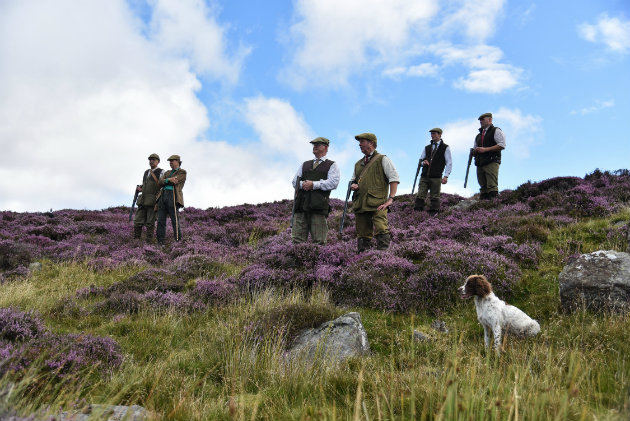
There is no bird quite as adept at evading the questing dog as a grouse in heather
Quarry
The lion’s share of the national bag is pheasants and partridges, but you may be lucky and get on a grouse moor or have a few duck drives. There is no bird quite as adept at evading the questing dog as a grouse in heather, for which reason pickers-up are numerous and tend to have big teams of dogs.
Grouse are run a close second by ducks for evading capture. On large waters the picking-up team needs to be augmented by someone in an electric boat with a cripple stopper. A swimming duck will almost always outwit a dog on open water and multiple retrieves from the water, which could have been done with a net from the boat, needlessly sap the dog’s energy. A pricked duck will usually head for the bank so you need one dog in the water and another on the bank to be effective.
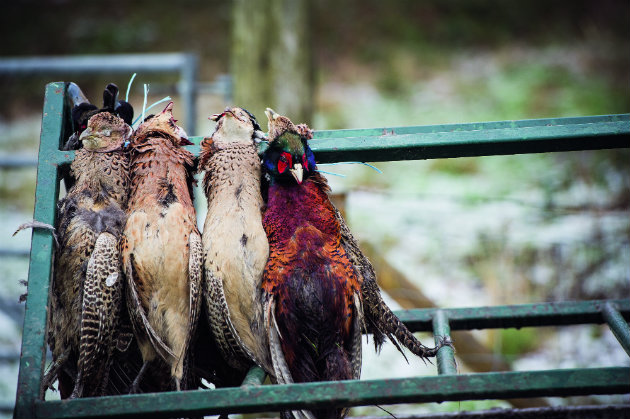
Pheasants, partridges and ducks are best carried on a game carrier or braced up
When a bird becomes food
Once it hits the deck a bird becomes food and must be treated accordingly. Pheasants, partridges and ducks are best carried on a game carrier or braced up rather than in a bag where they’re more likely to suffer damage. The game cart needs to be fitted out in such a way that there is air circulation to cool the birds. Early in the season it may be necessary to offload into the chiller at the end of each drive. The game cart staff are a key part of the picking-up team.
Related Articles
Get the latest news delivered direct to your door
Subscribe to Shooting Times & Country
Discover the ultimate companion for field sports enthusiasts with Shooting Times & Country Magazine, the UK’s leading weekly publication that has been at the forefront of shooting culture since 1882. Subscribers gain access to expert tips, comprehensive gear reviews, seasonal advice and a vibrant community of like-minded shooters.
Save on shop price when you subscribe with weekly issues featuring in-depth articles on gundog training, exclusive member offers and access to the digital back issue library. A Shooting Times & Country subscription is more than a magazine, don’t just read about the countryside; immerse yourself in its most authoritative and engaging publication.
